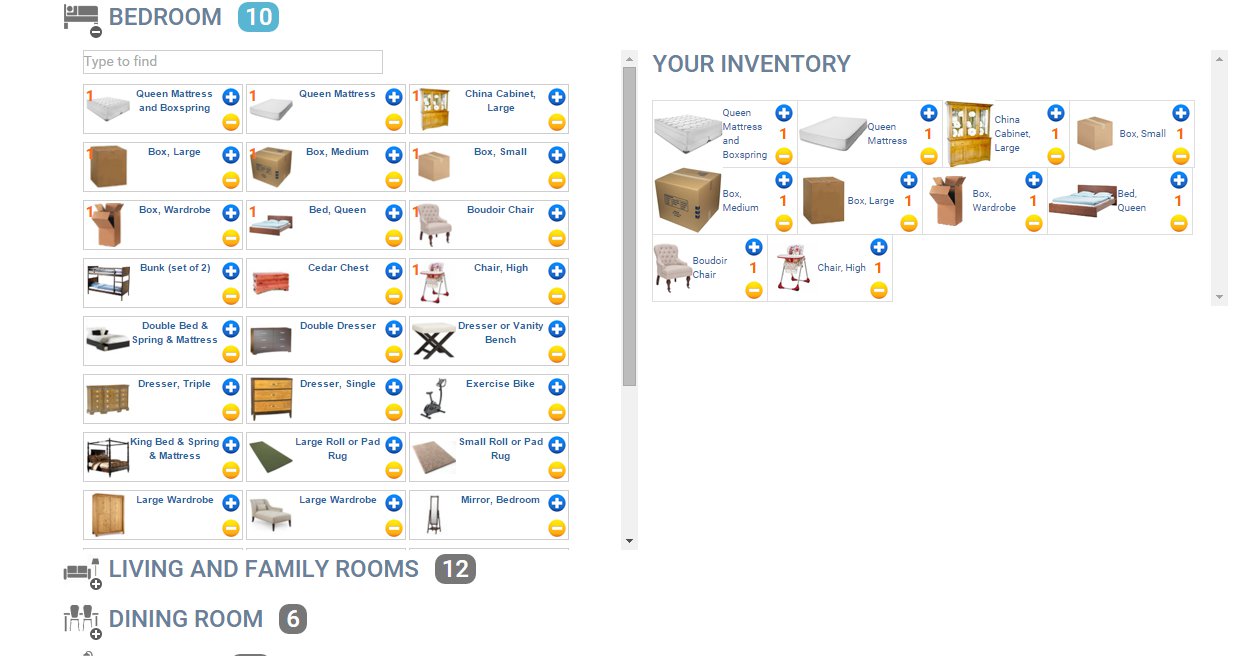Where is Best Place to Buy Moving Boxes

Where To Buy Moving Boxes
- Do You Need to Spend More Money On Boxes?
- Where are Some Places You Can Get Boxes?
- Ask around, Friends, Family, Ads, Etc.
- Check Out Local Colleges
- No Harm In Checking into Local Food Joints
- Got Some Extra Cash for Plastic Boxes?
- Walmart
- Home Depot
- Online Sources
- Quality is Important
- Don't Stress About Boxes, Use these Resources
1. Do You Need To Spend More Money on Boxes?
You spent a ton of money for a professional moving service and even bought a dining table for your new place. The last thing you want to think about is having to spend more money on what feels like extra expenses like boxes. If you know how to make the most of what you have, you might not need to spend any money on moving boxes.
You may be able to get a few complimentary boxes and items through your moving company. Often, people need to get more boxes than what is needed for an average move to ensure that nothing gets damaged. Getting boxes that are strong and reinforced may be a bit of a higher price if you were to pay for them out of pocket.
2. Where are Some Places You Can Get Boxes?
You may be feeling a little overwhelmed at the number of places you can go to find moving boxes. The best places to buy moving boxes may surprise you. There are a lot of places you can go if you want to get the best price on moving boxes. You could also find them for free if you look hard enough. Although it may take a little bit of socializing with back room employees of stores, snagging box deals at the following places should not be too hard.
- Grocery stores
- Bookstores
- Convenience stores
- Online listings
- Classified ads

3. Ask Around, Friends, Family, Ads, Etc.
The first way to search for free moving boxes is to ask around. This is an especially good choice if you know of a friend or relative who has recently moved. Post something on Facebook asking if anyone has boxes they would be willing to give you. If the first option doesn't result in much, then turn your attention to Craigslist. More often than not you will find a listing for free or very cheap moving boxes. If you happen to be out of luck that day, post something in the “wanted” section. You can also browse some other websites to look for “recycled” boxes. These are boxes that have been misprinted or ordered in excess. They are usually sold at very low rates. Keep in mind you will have to pay a shipping charge. You can also look around your place of business for boxes that could be used for a move. Since offices receive a lot of deliveries each day, you might be able to find something. Have a colleague who handles deliveries reserve some boxes for you.
4. Check Out Local Colleges
Another option that many people have not thought of to get free moving boxes is to stop by universities. Hundreds of students are moving in and out each year. There are also a lot of boxes of textbooks and other supplies shipped to colleges at all times of the year. Call your local college campus to find out about picking up some boxes. Many universities will be more than happy to get rid of some boxes. To them, it means they won't have to pay as much in recycling pick up fees.
5. No Harm in Checking Out Local Food Joints
Swing by the local fast food joints. Since these places sell thousands of orders of fries daily, it shouldn't be hard to get a few food boxes from them. Since most of their food comes frozen, the boxes shouldn't smell that bad.
Local grocery stores may have an excess of heavy-duty boxes which are perfect for moving. These boxes contain heavy food shipments, so they're going to be durable. Since stores also receive shipments daily, there are likely many boxes available.
If you're asking yourself, "Where can I buy moving boxes?" you're in the right spot. Take a look below for the best place to buy moving boxes.
6. Got Some Extra Cash for Plastic Boxes?
If you can splurge, plastic tubs are an eco-friendly alternative to cardboard boxes. These plastic boxes have twice the packing space and they stack easier. The boxes remain stable when moving, carrying, and transporting them on the road. Plastic boxes are more durable and are waterproof, keeping things safer inside. Plastic wardrobe boxes can be rented and many of them have handles on the side, which helps to carry them easier. You don't need tape to assemble plastic boxes. They are ready to pack as they are, and the bottom of the box won’t give, so the contents won't spill out. Some of these rental companies have free delivery in certain cities. Others offer organized moving kits based on the number of bedrooms in the house.
For example, a package for a 2-bedroom move might include a 1-week rental. This could contain:
7. Walmart
Another great place to go for moving boxes is Walmart. It is a fact that everything at Walmart is cheap, making this a great place to get some new moving boxes. Some things aren't in stock, like large wardrobe boxes or thick picture boxes. But, Walmart is still a great place to find some basic boxes, as well as tape and bubble wrap.
8. Home Depot
Moving boxes can also be purchased at the Home Depot. Many boxes will run about $2 or less per piece. Unlike Walmart, you can find a much larger variety of boxes. Yet, Home Depot corrugates paper to make their boxes. Corrugating boxes means that there is less material in the boxes. This makes them cheaper to produce buy but results in a weaker box.
9. Online Sources
Boxesdelivered.com is another great place to find moving boxes. This site offers boxes for as much as 25% less than stores and movers. They even offer free shipping on orders of $70 or more.
10. Amazon
Everybody's favorite online retailer, Amazon, also sells moving boxes and supplies for cheap. They price the
product lower than many other retailers. But, you have to wait for the boxes to arrive, whereas at a home store you would not. It's funny to think that they send shipped boxes inside of shipping products in a box!
uBoxes is another website that sells moving supplies boxes. This site is unique! It allows you to order boxes in many different configurations, depending on what you need. They also have different sized boxes--and most moves need boxes of different sizes. These moving box kits come with tape and a tape dispenser.
Bankers Box is another good brand of online moving boxes. These boxes are special in that they do not need tape to assemble or seal.
11. Quality is Important
It is important to remember that when buying moving boxes, you should keep quality in mind. At the end of the day, it is always better to spend a little extra on stronger materials that will not damage your goods.
12. Don't Stress about Boxes, Use These Resources
The worry of where to buy boxes shouldn't be on your radar. Moving boxes are an unnecessary expense for movers already spending a lot of money on their move if they have the correct USDOT Number license hhg trucking. If you know where to look, then you should be able to get boxes for very cheap, or even free.


Comments
Dwayne
Feb. 23, 2022, 12:38 a.m.
The best places to buy moving boxes for me was just to hit up my job, best friends, and scavenge around the crib. I work at McDonald's so it was fairly simple to get dozens of boxes that way. Between my friends and scavenging my house, I actually managed to haul in a higher amount than expected. I'm sure if I would've applied these tips I would've collected more, but I am satisfied and will definitely use these tips in the future. Thanks!
Emma
Feb. 23, 2022, 12:38 a.m.
Wow! Your ideas are great! I never thought of going to the Universities for boxes. I’ll be moving a few things from my former neighborhood and this article has offered me the best places to buy moving boxes. Like Dwayne said, friends and workplaces are ideal but when that fails, I’ll check craigslist and Universities around me. The idea of ordering from companies with excess boxes is not bad but I personally think it’s a long shot. My thoughts were just to check on the grocery stores and fast food joints around me. I’m sending much appreciation to the writer. Thank you.
Jack Richarson
Feb. 23, 2022, 12:38 a.m.
Loved this article. I am definitely the kind of person that is morally opposed to spending an insane amount of money on moving boxes, which I will only use once. I was wondering if you recommend recycling moving boxes when I am done with them, or selling them in classified ads. Is it worth my time to try this?
Add Comment